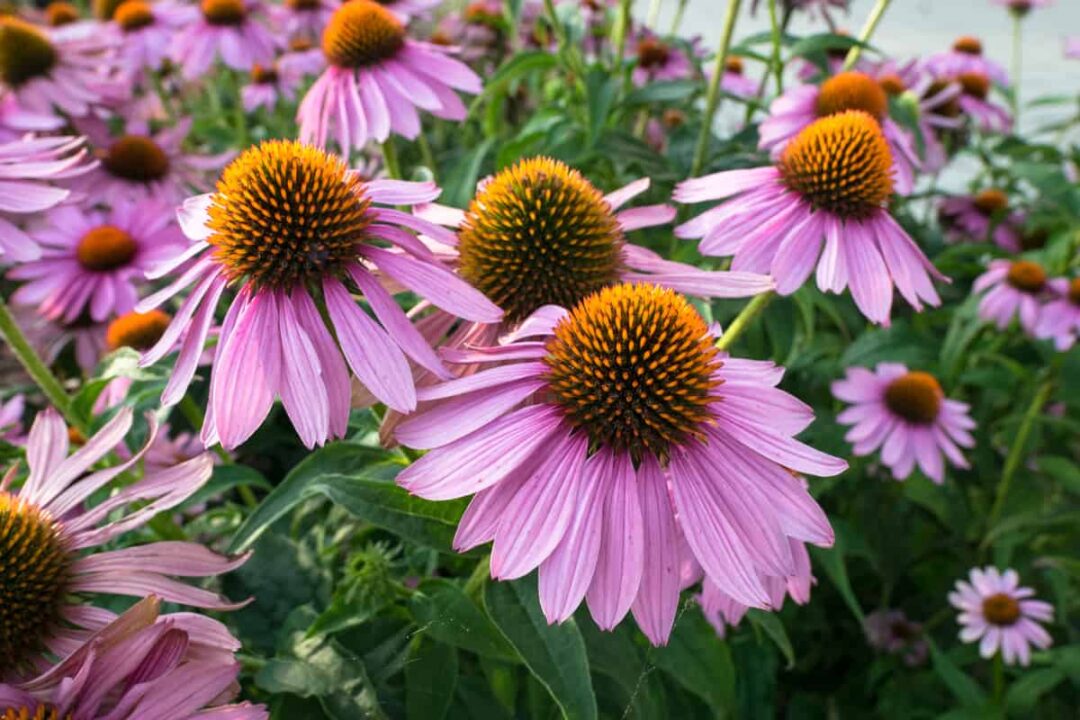Prior to the 1950s, Echinacea was a “go to” for its antibiotic properties, but with the dawn of newly created pharmaceutical antibiotics, Echinacea was pushed to the side lines, yet is was not forgotten.
Echinacea is celebrated for its whole plant value, and the roots, stems and leaves are used in many diverse formulations. It can be used fresh, dried in bulk, in tea bags, capsules, tablets and in liquid herbal tinctures, and today is being used in popular blended formulas.
The Echinacea plant provides a mixture of compounds that may have antiviral, antibiotic and anti-inflammatory properties. Echinacea seems to potentiate chemicals in the body that reduce inflammation, which helps to reduce symptoms of colds and flu, as high levels of inflammation can intensify both flu and cold symptoms (as well as many other problematic health conditions).
Although research on humans using Echinacea for their health has been hit and miss, and medical opinions tend to not provide positive convincing results, the long history and use of Echinacea has a much different story. Common use of Echinacea has left an amazing trail of success stories for cold and flu symptoms, and immune support, as well as many other health conditions. Around the world Echinacea is commonly the choice made for immune support, both medicinally and as a preventative. Today we have a much easier time finding high-quality Echinacea, and we now have the availability of different delivery systems, so there is something for everyone to consider and discuss with their healthcare provider.
Echinacea is best taken at the first sign of a cold, although many people use it seasonally as a preventive. One thing to remember about Echinacea: It may not always prevent a cold, but it may help shorten the time of the cold, and possibly help to lighten commonly experienced symptoms. Breathing and bronchial problems are also very common during cold and flu season, and Echinacea is commonly used with good success. The use of the Echinacea plant represents a complementary treatment of respiratory tract infections (2).
Bottom line: The history of using Echinacea is well known, and the success stories are told around the world. Families have been passing this information down to friends and relatives for decades, and the positive success stories continue.
References:
- Herbal Encyclopedia. Common Medicinal Herbs for Natural Health https://www.cloverleaffarmherbs.com/echinacea/
- US Library of Medicine https://www.ncbi.nlm.nih.gov/pmc/articles/PMC5949172 Evid Based Complement Alternat Med. 2018; 2018: 5813095. Published online 2018 Apr 29. doi: 10.1155/2018/5813095










